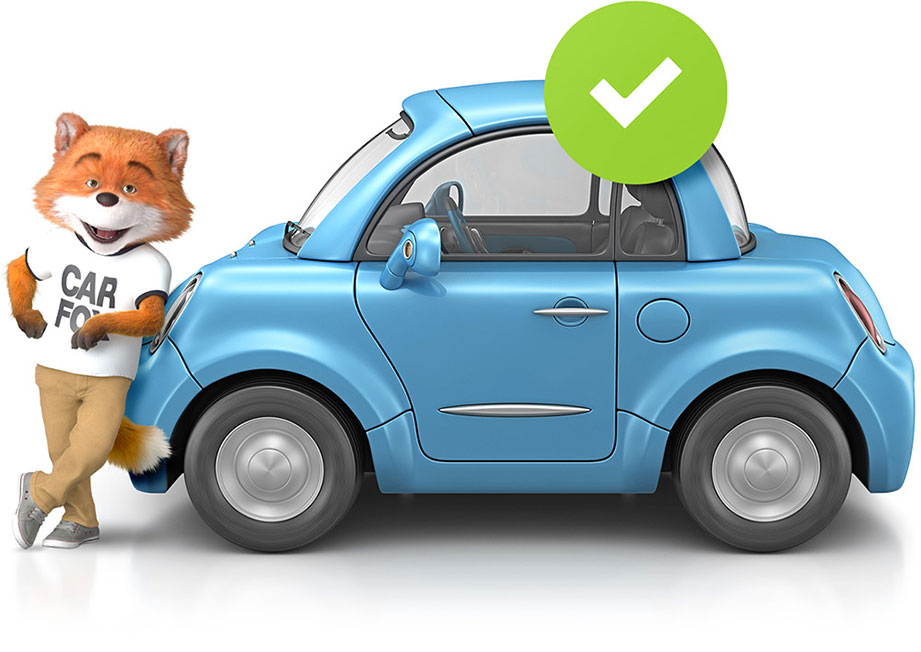Sudden downpours can be just as dangerous as icy roads. Heavy rainfall creates slick driving conditions with next to no visibility and this type of situation requires that a driver adjust their typical driving style.
How to Drive Safely in Heavy Rain
-
By CARFAX Canada
- Time to read: 1 minutes
Tips for what to do if you’re driving in heavy rain:
- Slow down
Drive at the speed you feel most comfortable with given the current weather conditions. By reducing your speed, you’ll have more time to react if another car loses control or you encounter a huge puddle.
- Beware of hydroplaning
This is when your vehicle travels or glides on top of the water and has no, or very little, contact with the ground. When this happens, you lose or significantly reduce your traction, so you shouldn’t make any sudden motions. The best thing to do is to keep calm, take your foot off the gas and then steer in the direction you want to go.
- Be aware that roads may be slippery
If it hasn’t rained for a while, then keep in mind that the road could be extra slippery. In dry weather, engine oil and grease will build up on the road, and when this combines with water, it makes for a slick drive.
- Don’t drive straight through large puddles
Try to drive around it or turn around and try a different route. Just by looking at the puddle, it’s hard to tell how deep it really is. You don’t want to risk driving through it and striking a deep pothole or splashing water up into the car’s electrical system.
- Avoid the edges of the road
Most of the roads throughout Canada are made slightly higher in the middle of the road, with the sides sloping down to allow for water run-off. Avoid the side of the road where deep puddles can form. Stick closer to the middle line.
- Check your brakes
Whenever you do drive through a large puddle, afterwards, tap the brake pedal lightly to help dry your rotors.
- Allow for extra travel time
You don’t want to be in a rush – you’ll probably need to drive slower and traffic will also likely be moving slower. Plan ahead and check the weather to see if heavy rainfalls are possible.
- Brake earlier and with less pressure
Doing so will add more stopping distance between the driver in front of you and yourself. This will also give the driver behind a heads-up that you’re slowing down. It’s a good rule of thumb to keep more than three seconds of distance between you and the car you’re following in bad weather.
- Don’t cross through running water
The water could be deeper than you think, and it could be moving with a lot of more force than you think, so there’s a chance your vehicle could get pushed around a little, or even swept away in the current.
- Turn on your headlights
It allows other motorists to spot you better. Avoid using your high beams because you could blind other drivers and the extra light will bounce off the rain droplets, causing more of a distraction for you. If the rain causes your windshield to fog up, turn on your window defrosters. Check that the air conditioning is switched on so you can clear away the fog as soon as possible.
- Keep your distance from large trucks or buses
The spray from their tires can block your vision and make it extremely difficult to see. You should avoid passing them, but if you absolutely have to, make the pass as quickly as you safely can.
- Pull over if visibility is almost zero
If the rain is coming down so hard that you can’t see anything, find a safe spot to pull over and wait for the downpour to stop. Turn on your hazard lights so other cars can see that you’re on the side of the road.
- Pack an emergency kit
In worst-case scenarios, the last thing you want to be is unprepared. By stocking an emergency kit with essentials, you can be ready for whatever may come your way during a heavy rain storm.
By taking the above precautions, the next time you’re stuck in a rainy situation, you can remain in control of your vehicle in the worst of situations. Take your time, be patient, and pull over if you need to. In time, the rain will likely let up and you can safely continue on your way.
Related Articles
Take the guesswork out of buying a used car.

Buyers, avoid costly hidden problems. Sellers, build trust and sell quickly.
